Looking for some Plant Choice Help!
hrigsby
12 years ago
Related Stories
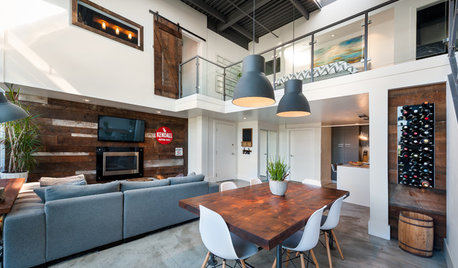
HOUZZ TOURSHouzz Tour: A Modern Loft Gets a Little Help From Some Friends
With DIY spirit and a talented network of designers and craftsmen, a family transforms their loft to prepare for a new arrival
Full Story
LANDSCAPE DESIGNNative Plants Help You Find Your Garden Style
Imagine the garden of your dreams designed with plants indigenous to your region
Full Story
GARDENING GUIDES8 Unthirsty Plants Help You Save Water in Style
Spend less effort and money on your landscape with drought-tolerant and native plants that liven up your yard
Full Story
LIFE12 House-Hunting Tips to Help You Make the Right Choice
Stay organized and focused on your quest for a new home, to make the search easier and avoid surprises later
Full Story
COLORPick-a-Paint Help: How to Quit Procrastinating on Color Choice
If you're up to your ears in paint chips but no further to pinning down a hue, our new 3-part series is for you
Full Story
FLOWERS AND PLANTSHelp Monarchs and Other Butterflies by Planting Common Milkweed
Summer-blooming Asclepias syriaca is an important larval host plant for the monarch butterfly and attracts a number of pollinating insects
Full Story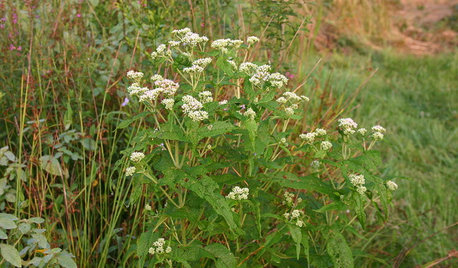
GARDENING GUIDESGreat Design Plant: Common Boneset Helps Good Bugs Thrive
Support bees, moths and butterflies with the nectar of this low-maintenance, versatile and tactile prairie-style plant
Full Story
GREEN DECORATING8 Questions to Help You See Through Green Hype
With the ecofriendly bandwagon picking up some dubious passengers, here's how to tell truly green products and services from the imposters
Full Story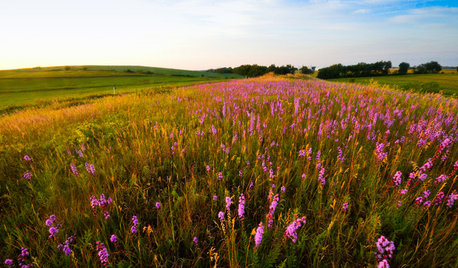
GARDENING GUIDESHelp Fuel the Monarch Migration With These 6 Prairie Plants
Try these nectar-rich beauties and help autumn monarchs
Full Story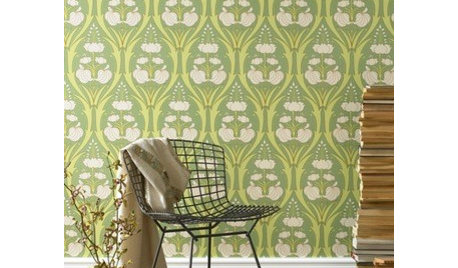
Guest Picks: Give Your Home a Helping of Spring Greens
Celebrate garden growth with this collection of housewares and gardening gear in the shades of budding plants
Full Story





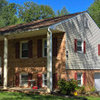



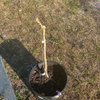
designoline6
hrigsbyOriginal Author
Related Professionals
Manhattan Beach Landscape Architects & Landscape Designers · Battle Ground Landscape Contractors · Euclid Landscape Contractors · Gresham Landscape Contractors · Haverhill Landscape Contractors · Lehigh Acres Landscape Contractors · Thornton Landscape Contractors · Merrifield Landscape Contractors · Solana Beach Decks, Patios & Outdoor Enclosures · Welby Decks, Patios & Outdoor Enclosures · Crystal Lake Decks, Patios & Outdoor Enclosures · Inwood Decks, Patios & Outdoor Enclosures · Medford Decks, Patios & Outdoor Enclosures · South Lyon Decks, Patios & Outdoor Enclosures · Chesapeake Ranch Estates Stone, Pavers & Concretebahia
hrigsbyOriginal Author
catkim
hrigsbyOriginal Author
hrigsbyOriginal Author
karinl
hrigsbyOriginal Author
hrigsbyOriginal Author
Yardvaark
hrigsbyOriginal Author
Yardvaark
Yardvaark
Yardvaark
hrigsbyOriginal Author
hrigsbyOriginal Author
Yardvaark
hrigsbyOriginal Author
karinl
Yardvaark
hrigsbyOriginal Author
Yardvaark
karinl
hrigsbyOriginal Author
Yardvaark
karinl
karinl
drtygrl
Yardvaark
karinl
Yardvaark
hrigsbyOriginal Author
karinl
hrigsbyOriginal Author
hrigsbyOriginal Author
catkim
karinl
Hydrangea729
hrigsbyOriginal Author
karinl
adriennemb2
hrigsbyOriginal Author